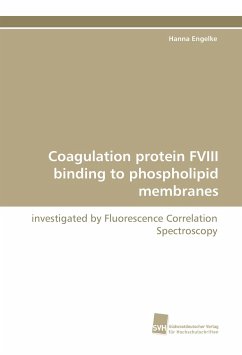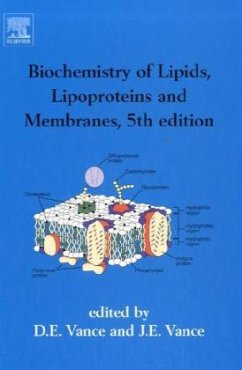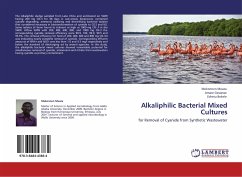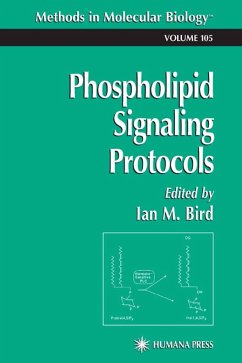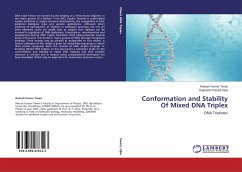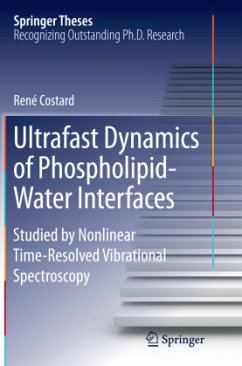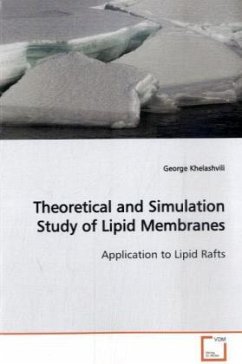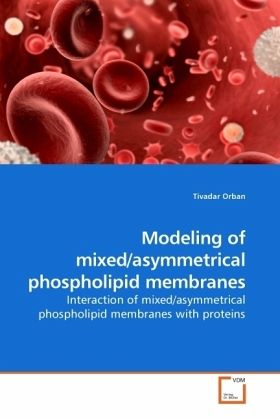
Modeling of mixed/asymmetrical phospholipid membranes
Interaction of mixed/asymmetrical phospholipid membranes with proteins
Versandkostenfrei!
Versandfertig in 6-10 Tagen
32,99 €
inkl. MwSt.

PAYBACK Punkte
16 °P sammeln!
Thrombin generation is the culminating stage of the blood coagulation process. Thrombin is obtained from prothrombin (the substrate) in a reaction catalyzed by the prothrombinase complex (the enzyme). The prothrombinase complex is composed of factor Xa (the enzyme), factor Va (the cofactor) associated in the presence of calcium ions on a negatively charged cell membrane. Factor Xa, alone, can activate prothrombin to thrombin; however, the rate of conversion is not physiologically relevant for survival. Incorporation of factor Va into prothrombinase accelerates the rate of prothrombinase activi...
Thrombin generation is the culminating stage of the blood coagulation process. Thrombin is obtained from prothrombin (the substrate) in a reaction catalyzed by the prothrombinase complex (the enzyme). The prothrombinase complex is composed of factor Xa (the enzyme), factor Va (the cofactor) associated in the presence of calcium ions on a negatively charged cell membrane. Factor Xa, alone, can activate prothrombin to thrombin; however, the rate of conversion is not physiologically relevant for survival. Incorporation of factor Va into prothrombinase accelerates the rate of prothrombinase activity by 300,000-fold, and provides the physiological pathway of thrombin generation. The short-term goals of the present proposal ware to (1) to propose a model of a mixed asymmetric phospholipid bilayer, (2) to create a homology model of prothrombin (3) to study the dynamics of interaction between prothrombin and the phospholipid bilayer.



